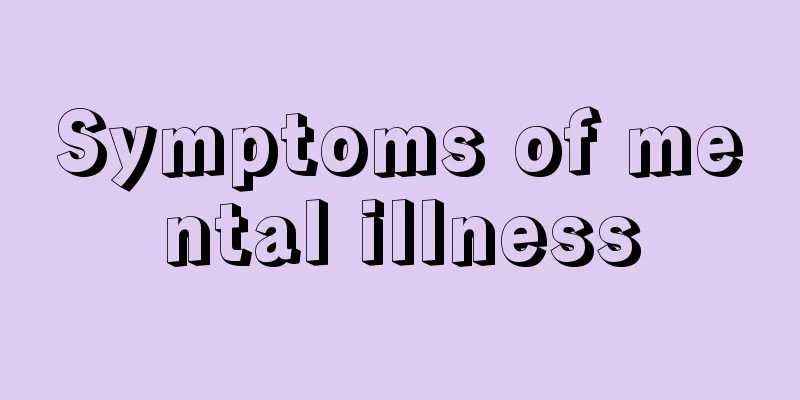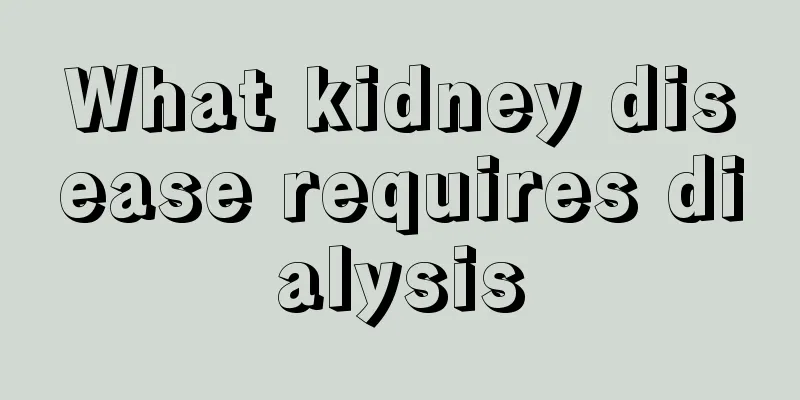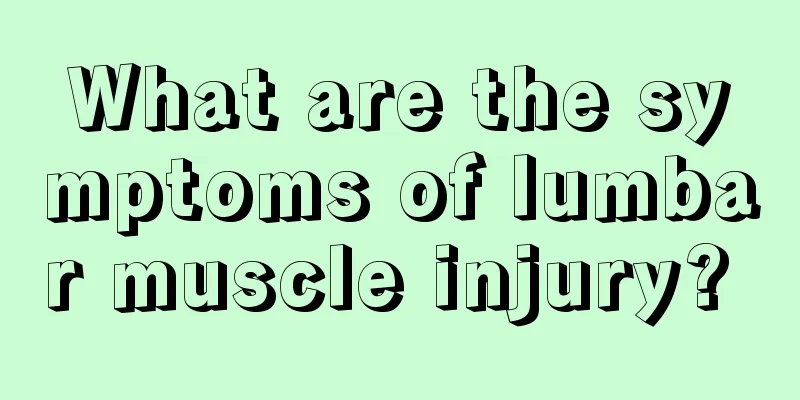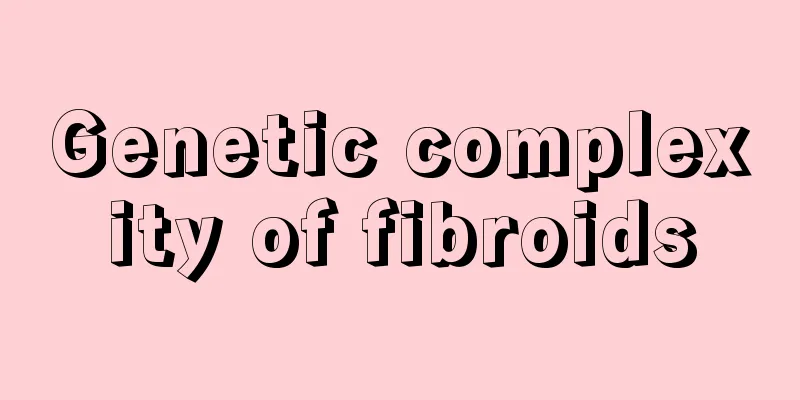Symptoms of mental illness

|
The disease of hysteria is still related to childhood psychological trauma. Many patients have this problem due to this reason. During the attack, the patients cannot control their emotions. In severe cases, they may do things that hurt others or even commit suicide. Therefore, the patient should be treated before his condition worsens. Symptoms of mental illness (1) Dissociative amnesia: characterized by the sudden inability to recall important personal experiences. The amnesia is extensive and generally revolves around the traumatic event. The amnesia cannot be explained by physiological consequences of substance use, neurologic disorders, or other medical problems. The fixed core content can never be recalled in the waking state. (2) Dissociative fugue: accompanied by loss of individual identity, manifested as sudden, unplanned travel. Dissociative fugue occurs in response to traumatic or overwhelming life events. Emotional outbursts: quite common. It manifests itself as emotional venting, crying, laughing, making noise, and exaggerating one's own situation. During an attack, the range of consciousness may be narrow. Impulsive behavior of destroying property, hurting others, self-harming and suicidal behavior. (3) Emotional outbursts: very common. It manifests itself as emotional venting, crying, laughing, making noise, and exaggerating one's own situation. During an attack, the range of consciousness may be narrow. Impulsive behavior of destroying property, hurting others, self-harming and suicidal behavior. (4) Pseudo-dementia: Gives people a stupid and childish feeling. (5) Dual and multiple personality: manifested as sudden changes in identity. A typical example is what people call "ghost possession". (6) Psychotic state: Psychotic symptoms may occur during the onset of the disease. The main difference from schizophrenia is that the content of hallucinations and delusions is less fixed, more variable, and very suggestible. (7) Dissociative stupor: After mental trauma or triggered by traumatic experiences, a deeper level of consciousness disorder occurs, and the patient maintains a fixed posture for a considerable period of time, either lying on the back or sitting, without speech or voluntary movements, and without response to light, sound, or pain stimuli. At this time, the patient's muscle tone, posture, and breathing may not be obviously abnormal. Conversion symptoms (1) Movement disorders: may manifest as decreased, increased, or abnormal movements. Paralysis: May present as monoplegia, paraplegia or hemiplegia, with no evidence of neurological damage found on examination; limb tremors, tics and myoclonus; inability to stand or walk; mutism and aphonia. (2) Spasmodic disorder: It often occurs suddenly when one is emotionally excited or under suggestion. The patient slowly falls to the ground or lies in bed, does not respond to calls, has a stiff body, tremors in the limbs, etc., and has no incontinence. Most cases last for dozens of minutes. (3) Major convulsion: There is often an obvious psychological trigger before the attack. The convulsion is irregular, without rigidity and clonic phases. The wrist and metacarpophalangeal joints are often flexed, the interphalangeal joints are extended, the thumb is adducted, the lower limbs are extended or the whole body is stiff. The breathing is accelerated paroxysmically, the face is slightly flushed, there is no urinary incontinence, no tongue biting, and the pupil size is normal during the attack. The corneal reflex exists and is even sensitive. Although the consciousness seems unclear, the convulsion can be stopped by suggestion. The limbs do not relax in the late stage of the attack. Generally, the attack can last for several minutes or hours. |
<<: What diseases can be detected by blood
>>: Will you get fat if you sleep right after eating?
Recommend
Prevent pseudomyopia, don't let myopia become real
Generally speaking, myopia among teenagers is mos...
What are the effects and uses of Pien Tze Huang Cao
Pianzaihuangcao has many benefits for the human b...
Iodine-125 particle implantation for prostate cancer
Prostate cancer is the most common malignant tumo...
What is the survival rate of aplastic anemia
Aplastic anemia poses a great threat to the body ...
Chemotherapy regimen for endometrial cancer
The clinical cure rate of patients with early-sta...
Left calf pain
Calf pain and stomach pain are common phenomena. ...
What causes nasopharyngeal cancer and how to prevent it
What causes nasopharyngeal cancer? How to prevent...
Six yellow card warnings for ovarian cancer. Be alert to abdominal distension and be careful of ovarian cancer
Most patients are unaware of ovarian cancer in it...
What are the classifications of lung cancer? There are four types
At present, lung cancer is clinically divided int...
What's the matter with the lump on the chin after injecting hyaluronic acid?
Hyaluronic acid is a beauty product. It can moist...
What is the dietary therapy for colon cancer
Intestinal cancer patients should eat more vegeta...
A patch of skin suddenly turned black
Nowadays, people are paying more and more attenti...
Best temperature for storing red wine
Drinking red wine is a tradition of Westerners, e...
Will my calves get thicker if I stand for a long time?
If you stand for a long time, it will easily caus...
How to diagnose bladder cancer?
The diagnosis of bladder cancer requires clear pa...









